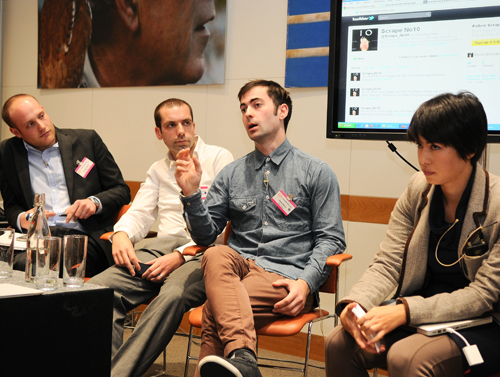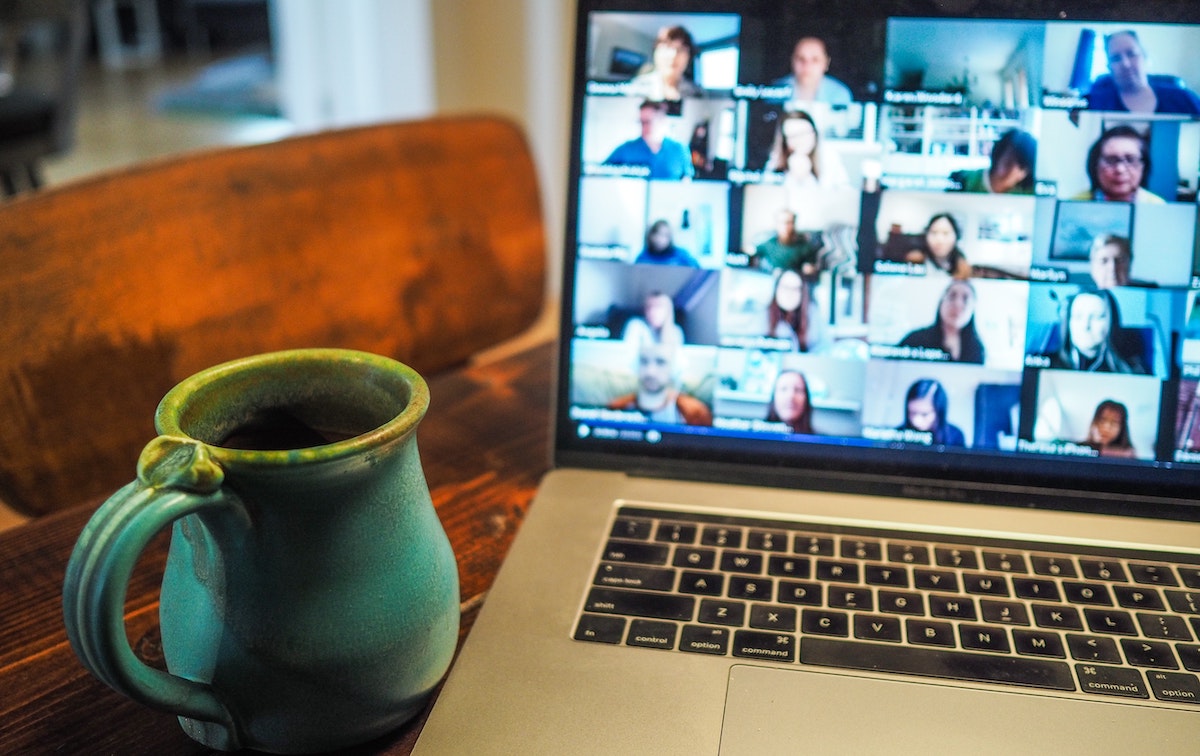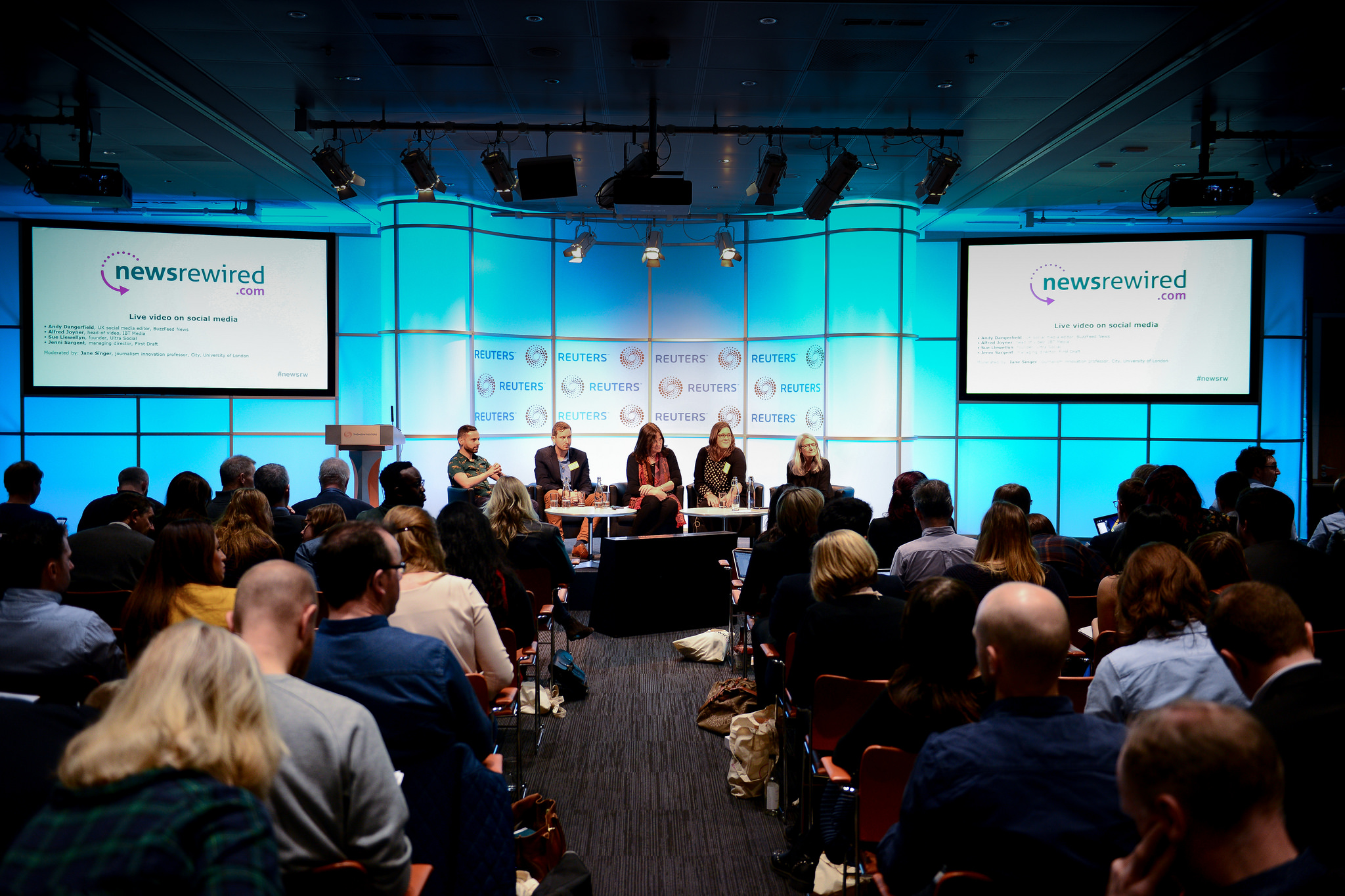You can follow all the right people, assemble a range of news sources and say all the right things – but the key point that emerged from the Sorting the Social Media Chaos session was the ability to verify and filter social media sources properly.
“If Reuters is the best definition of a solid news wire service, then Twitter is Reuters on acid, crack and cocaine,” said Neal Mann.
Mann has been extensively using his Twitter feed as a source for breaking news while working freelance on Sky’s foreign desk.
He went on to describe Twitter as his patch where he picked out the people who could help him cover fast-moving events.
Moderator Suw Charman-Anderson identified the need to put social media sources in context, and Mann described his approach as “casting a net across Twitter” to find interesting bloggers, accurate information and journalists on the ground.
He also stressed the importance of using the right tool for the job, something Fergus Bell agreed with.
Bell pointed out social media tools have different uptakes in different countries.
People in Korea, for example, don’t use YouTube as their main upload service, and he said it was important to “think about the person that’s using (social media), think about how they share their information”.
His main suggestion for Twitter was “lists, lists, lists and a few more lists”. A lot of the time people have already created lists that serve a newsgathering purpose. Instead of creating all his own lists he searches for existing lists – separated into those tailored for breaking news and those for more long term usability.
Bell described spending hours finding all political candidates for the US mid-term elections and compiling them into a list – providing a source of information that was able to be fed into wider Associated Press reporting.
Nicola Hughes cited her use of Trendsmap as a key way of sorting through the social media noise around a breaking news story.
Stories spread quickly across locations making it difficult to identify the original source of information, and Trendsmap allows you to identify what’s being said and where.
She followed with a live demo of @Scrape_No10, a twitterfeed that chronologically tweets all hospitality and gifts received at 10 Downing Street.
One thing all speakers agreed on was fact-checking and verifying information – even if rumours of breaking news are already circulating on Twitter.
Alex Gubbay‘s demonstration of the BBC’s forensic approach to newsgathering showed a keen attention to detail and checking for inconsistencies in crowdsourced content.
“The social web gives us more content, gives us lots of views on the scene. But to get it right you have to combine it with human effort, building trust with eye witnesses and doing detective work,” he said.



